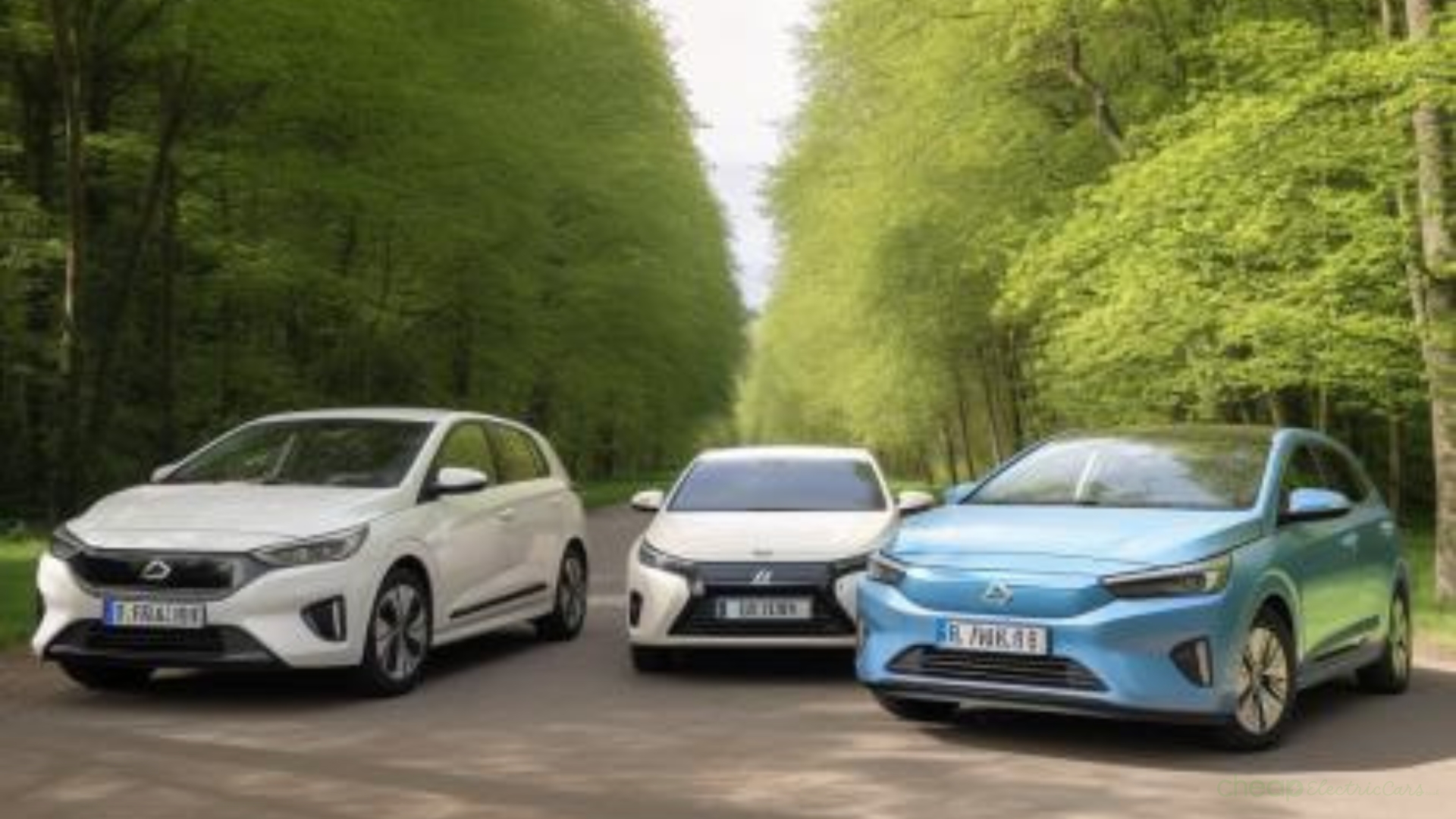There are set to be further shifts in the UK’s used electric vehicle market as the impact of international trends and an influx of fleet vehicles hits the market in the coming month.
Impressive data from Cap HPI shows that about 75% of three-year-old battery electric vehicles (BEVs) have seen a drop in their values. This is great news for those who are in the highly competitive marketplace for vehicles between 2 and 4 years old in the £10,000 to £15,000 price bracket.
Only a small fraction, a mere 5%, enjoyed a rise in their resale car prices on last year’s figures. Models like the Citroen C4, Hyundai Ioniq, Nissan Leaf and VW ID3 have all recorded declines in their resale values according to Fleetnews.com.
Amid these fluctuations, a couple of models stood out for their growth in value; those being the BMW iX and the Mercedes EQA which saw their worth climb slightly based on the previous years’ figures.

Despite EVs only having a small 4% of all sold data for this year over all vehicles and ages. However, in the set of cars up to three years old, EVs represent about 12% which indicates a growing interest towards used electric cars under 3 years old.
Before the detractors get on board, the market reveals a minimal 0.1% decrease in the value of one-year-old vehicles on last year’s prices, with older age brackets experiencing a more significant drop.
The broader picture, however, remains one of a healthy and stable used car market, buoyed by consistent consumer interest and a return to pre-pandemic normalcy in retail dynamics.
Hybrids and petrol cars have witnessed slight increases in their values. In contrast, diesel and plug-in hybrids are on a downward trend, and BEVs have led the drop, marking a notable 2.3% decrease in value on prices compared to last year.
Amid these shifts, sales of newer EVs are still hitting record highs. The looming influx of used EVs into the market will potentially pressure prices down further meaning that parity with comparable ICE cars might not be too far away.
The EVs journey from a novel alternative to a mainstream choice will be interesting to watch, as it is marked by both challenges and opportunities for buyers and sellers alike.
US emissions regulations
One ripple that might be felt across the pond is news that the Biden administration has set the toughest vehicle emission standards in U.S. history to encourage a swift transition towards electric vehicles (EVs) as reported by BBC News. These new standards aim for 56% of all new vehicles sold in the U.S. by 2032 to be electric.

The Environmental Protection Agency estimates the prevention of 7 billion tonnes of CO2 emissions over the next 30 years.
Under these regulations, car manufacturers will face hefty penalties for non-compliance. However, the production of petrol-powered cars can continue, provided they constitute an increasingly smaller portion of a company’s overall product range.
This approach contrasts with the European Union and the UK’s more aggressive strategies, where sales of petrol-powered cars will be banned from 2035.
Despite the automotive industry’s hesitance, citing slower EV sales growth, the Biden administration’s target remains ambitious. Environmental groups have largely supported the initiative. The policy is likely to encounter legal opposition from the oil sector and Republican-led states, potentially escalating to a Supreme Court decision.
China Exports
One feature that might have a bearing on the price shift in electric vehicles rests on the European Union’s probe into unfair subsidies. China’s electric vehicle (EV) exports to EU countries have seen a notable decrease at the start of the year, according to Chinese customs data.
They have said that EV shipments to the EU’s 27 member countries during January and February dropped by nearly 20% compared to the previous year, meaning they totalled just over 75,600 vehicles, according to bloomberg.com

However, the European Commission has said it actually observed an increase in EV imports from China since the probe.
The European Commission in October, investigated whether Chinese government subsidies provided to manufacturers like BYD Co. and SAIC Motor Corp. who own MG Motors, provide them with an unfair competitive edge over European makers.
Due to this, the EU is considering imposing additional tariffs on Chinese EVs, which will likely impact on China’s major export market and further increase tensions both politically and economically.
When it comes to the UK, such measures could prompt similar preventative actions in their markets to deter markets from being inundated with the vehicles initially intended for the EU. This all indicates broader international challenges in the automotive sector and beyond.

1 thought on “Cheaper Used EVs Set for the UK Market”
Comments are closed.